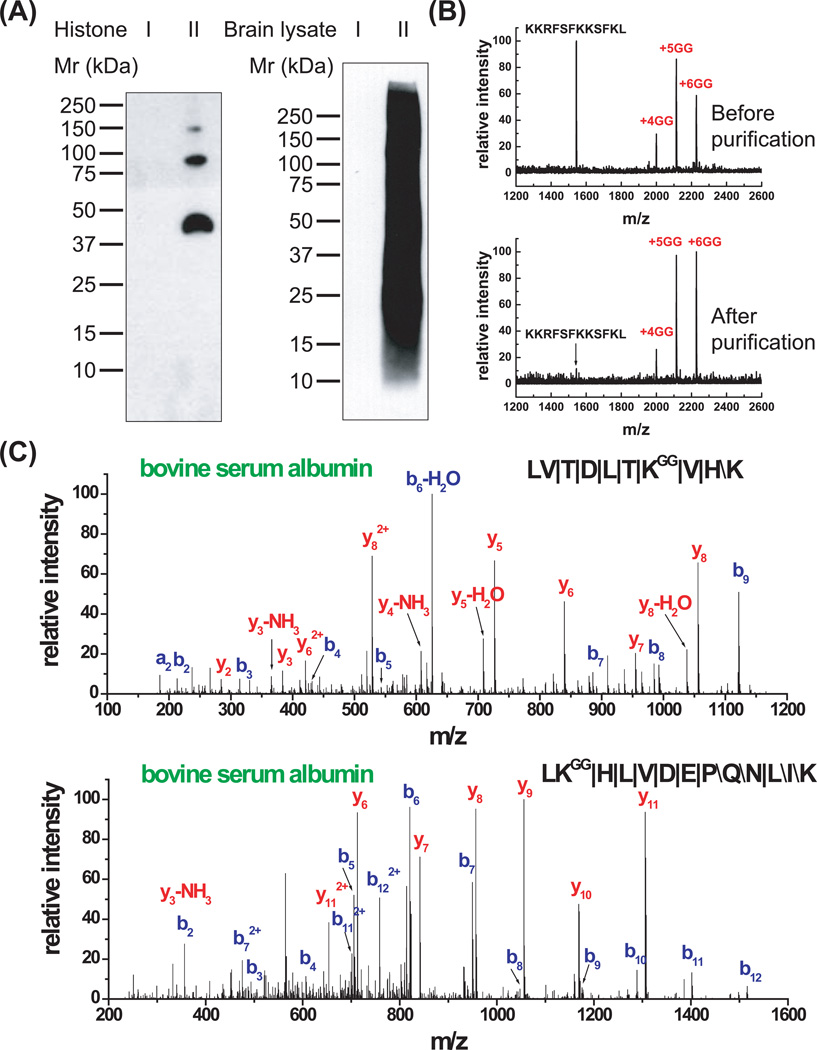Figure 6. Characterization of the anti-diglycyl lysine antibody (clone GX41).
(A) The diglycyl lysine antibody can recognize diglycine-modified lysine-containing proteins but not the non-modified counterparts. Samples I and II are non-modified and diglycine-modified histone or rat brain lysate. The Western blot analysis demonstrates that this antibody only recognizes sample II.
(B) The anti-diglycyl lysine antibody can immunoprecipitate peptides that contain diglycine-modified lysine residues. Top panel: MALDI-TOF MS of the mixture of a five-lysine-containing peptide and its diglycine-modified forms prior to immunopurification. In this panel, the non-modified and modified peptides are present in a similar abundance. Bottom panel: MALDI-TOF MS of anti-diglycyl lysine antibody purified peptides. In this panel, only the peptides with diglycine-modified lysines are retained.
(C) The anti-diglycyl lysine antibody can be used to isolate diglycine-lysine containing peptides from a complex peptide mixture. Lysine residues in bovine serum albumin were partially modified with diglycine and digested with trypsin. The diglycine-modified peptides are purified and identified by LC-MS/MS. The peptide sequence and the diglycine modification can be determined by the MS/MS spectra as shown in the two examples above. The symbols, \, / and |, represent b-ions, y-ions, and both b-ions and y-ions, respectively.

